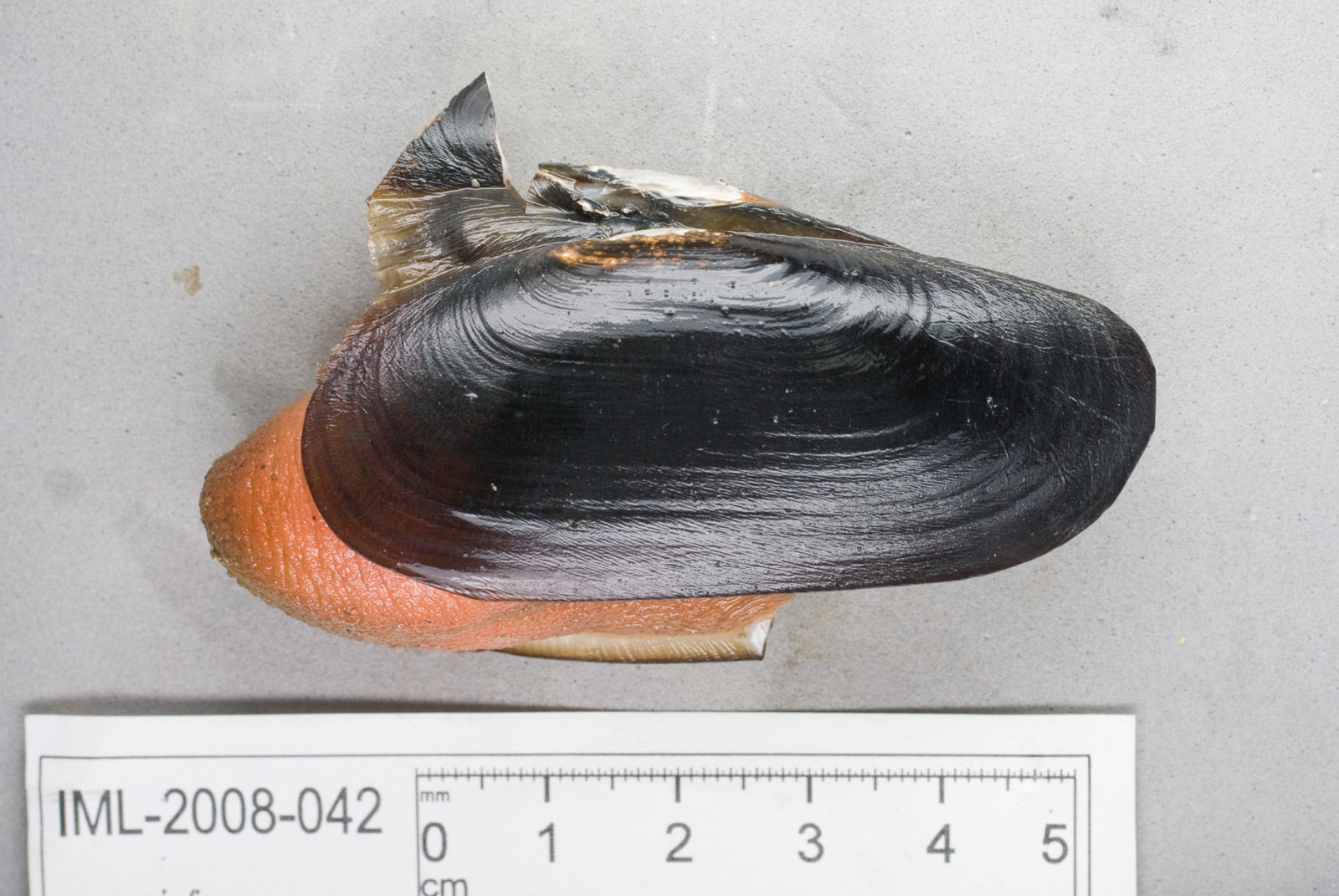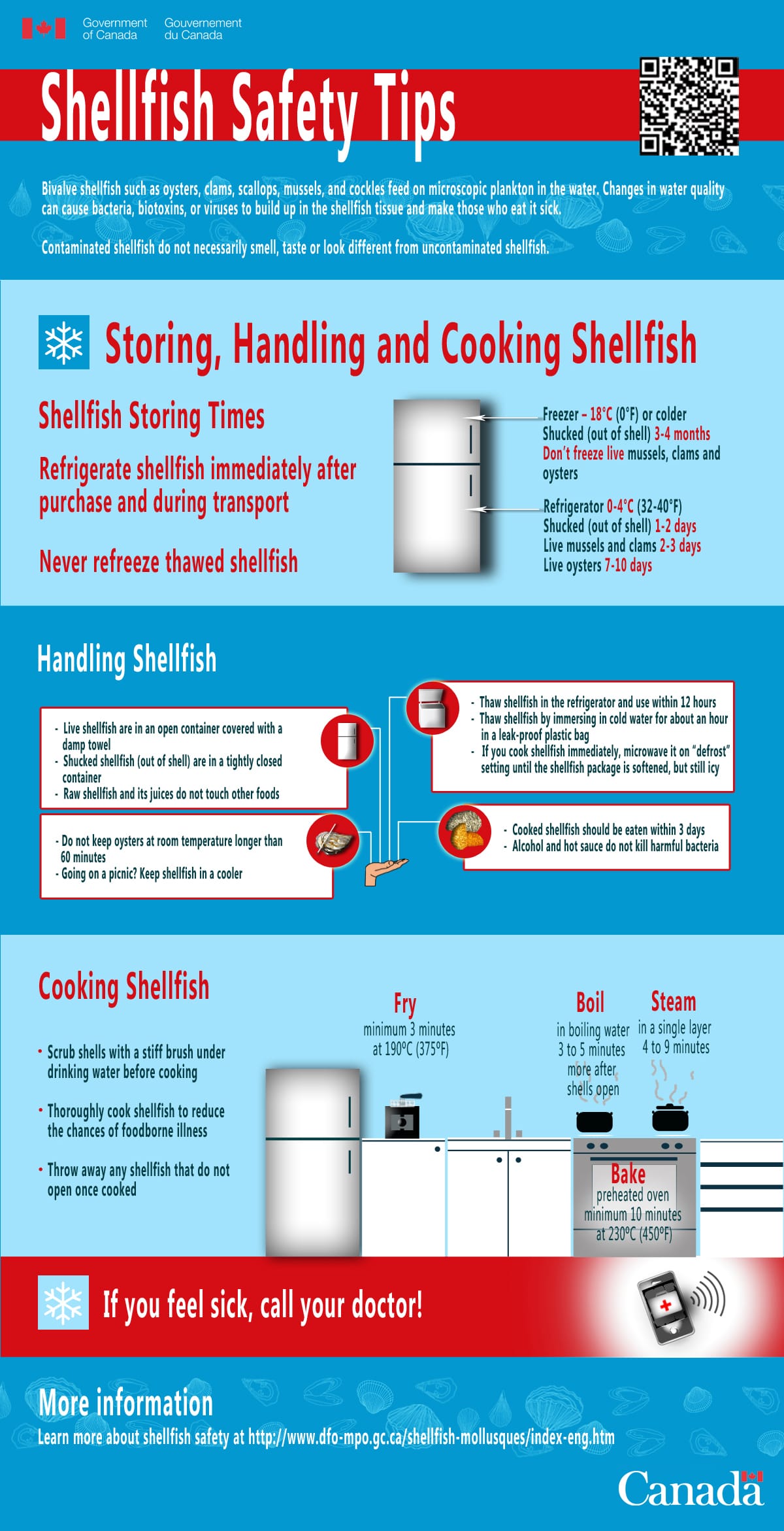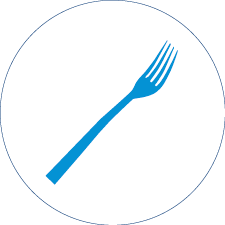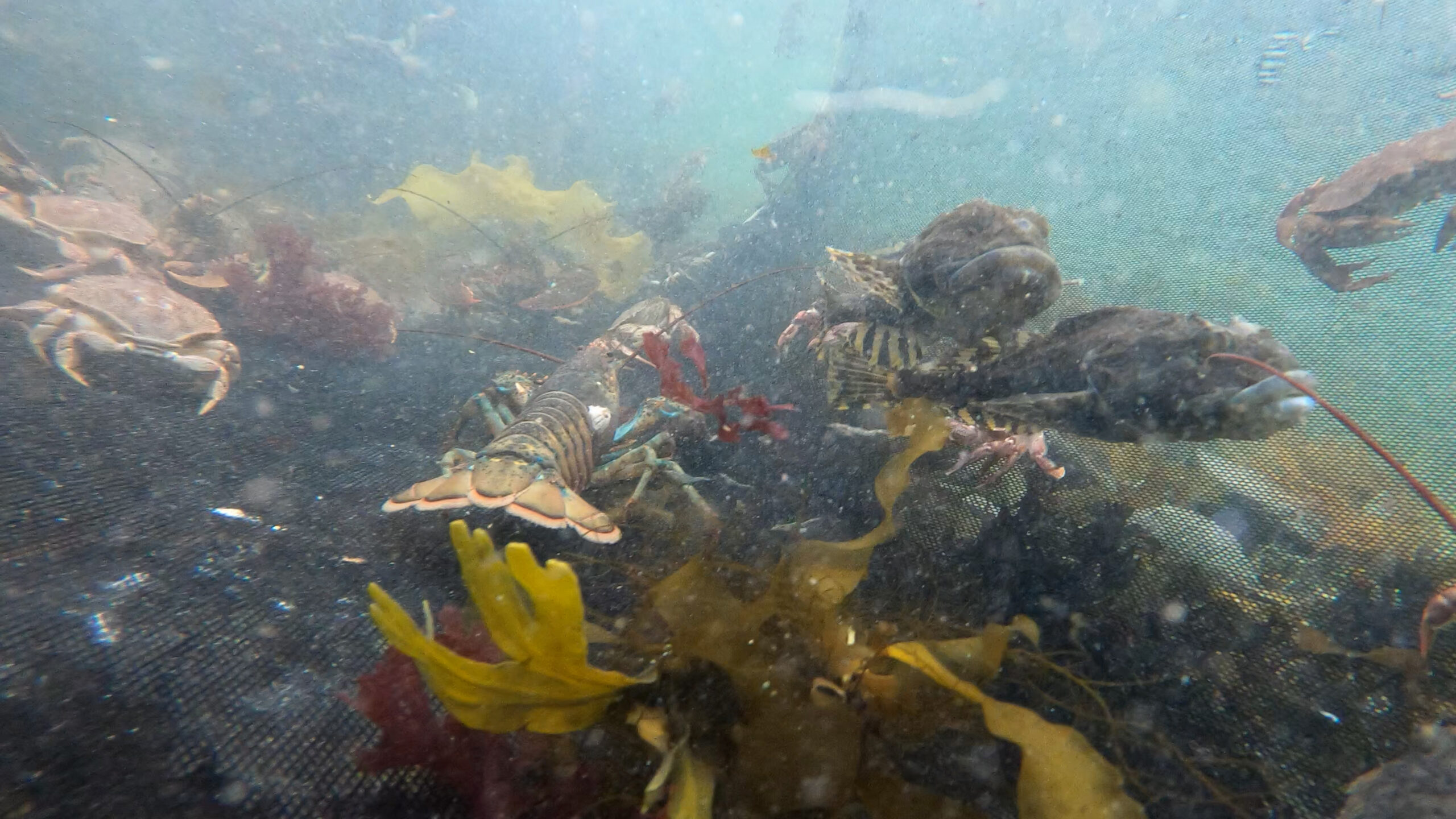
SIZE:
Up to 11 cm in length and 5 cm in width.
LIFRE EXPECTANCY:
Over 100 years.
LIFE CYCLE:
Sexual maturity is attained around 5 years of age, at a size of approximately 3 cm.
The northern propellerclam is a sexed species, having both males and females. Its reproduction happens “on the fly,” meaning that the females release a large number of eggs, which are then fertilized in the water column by the sperm released by the males. This, therefore, requires a certain density of conspecifics for reproduction to be effective.
Growth is relatively rapid up to the age of 20, after which it slows down.

Its soft body extends well beyond its shell.
Credit: Claude Nozères, photo taken at Rimouski-Neigette, in 2008.
The northern propellerclam is a stubby shellfish. Its soft body extends well beyond its shell.
Its shell, whitish or bluish, is long and robust. Its valves are marked by an oblique fold, giving it a twisted appearance. A soft, shiny sheath, ranging from light brown to black, covers it completely, including the exposed meat.
Buried in sandy bottoms, usually at water depths between 50 and 150 m, but can reach depths of 600 m.
The northern propellerclam favours cold waters between −1 and 6 °C. It buries itself completely in the sand, albeit only a few centimetres deep.
PREYS:
Plankton
PREDATORS:
Cod
Haddok
Yellowtail flounder
Most predators will eat it whole, shell included.
MACHINES:
Hydraulic edges.
REGULATIONS:
Fishermen of offshore clams, i.e. Stimpson’s surf clams and northern quahogs, are permitted to harvest northern propellerclams as unrestricted incidental catch. There is no managed fishing for the northern propellerclam.
They are blanched and frozen on board the fishing vessels.
Northern propellerclam is a Smarter seafood-listed species.
BENEFITS:
No information.
LET’S COOK:
Soft meat with a taste similar to that of cucumber when raw; firm when cooked. Its body texture is rather tender, whereas the siphon texture is tougher. The northern propellerclam is perfect for sushi and sashimi.
OUR CULINARY ADVICE:
- WWash the propellerclams in a mixture of the juice of one lemon and two cups of water (500 mL) for 10 to 20 seconds. This brings out the propellerclam’s natural crunch and softens its strong flavour.
- The siphon can be cut into strips for marinating or added to a seafood dish.

To avoid poisoning, it's important to always follow safe shellfish storage, handling and cooking practices.
Source : DFO






